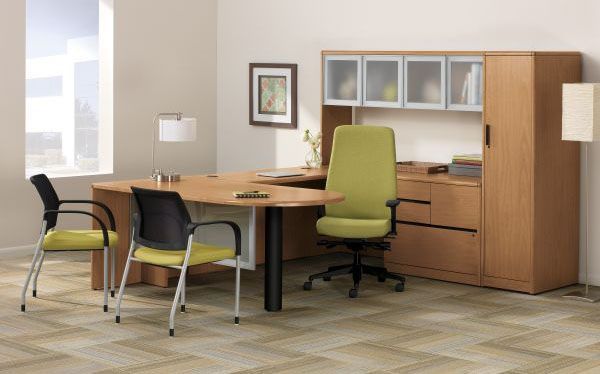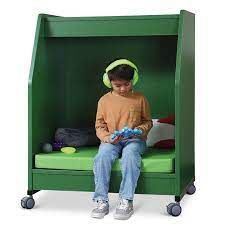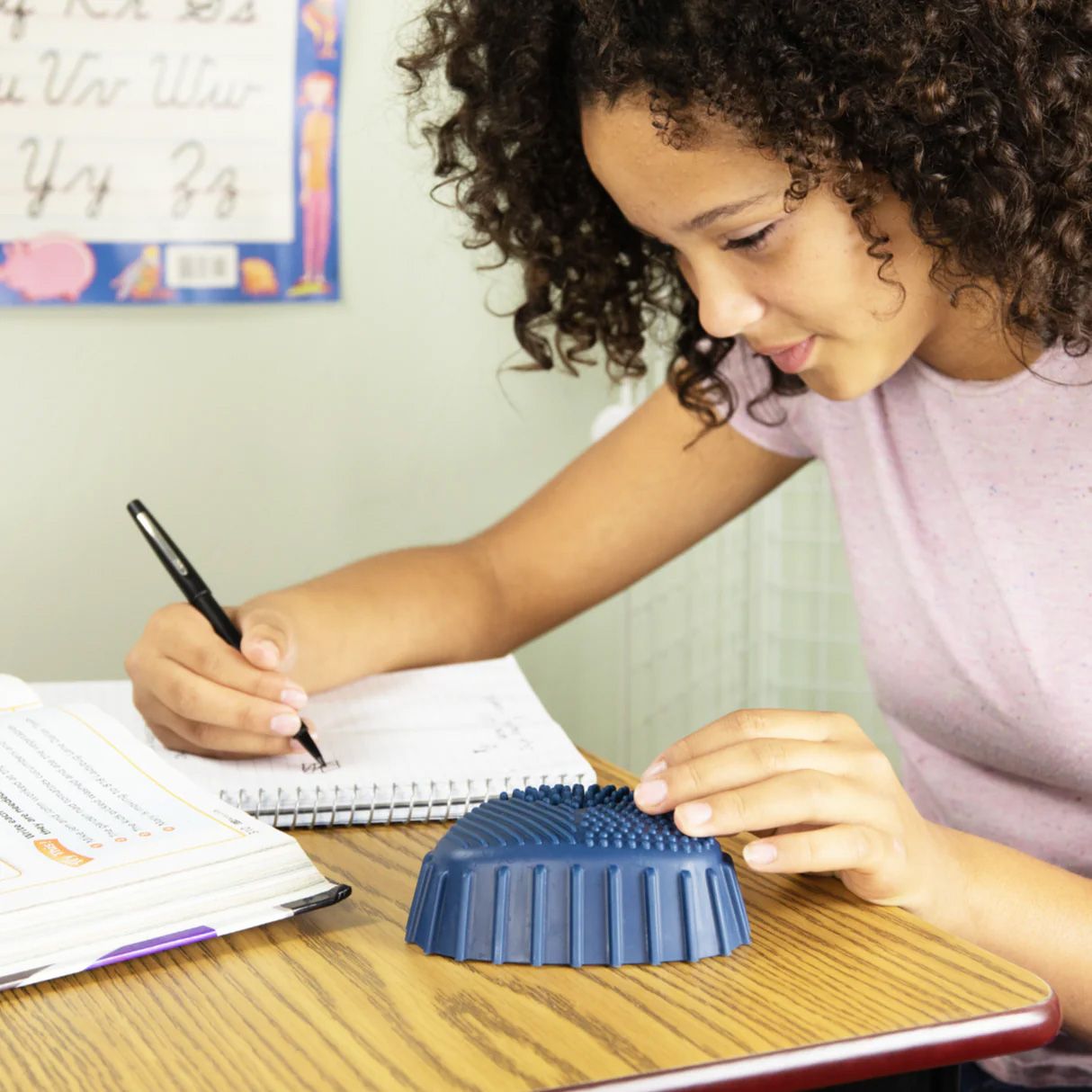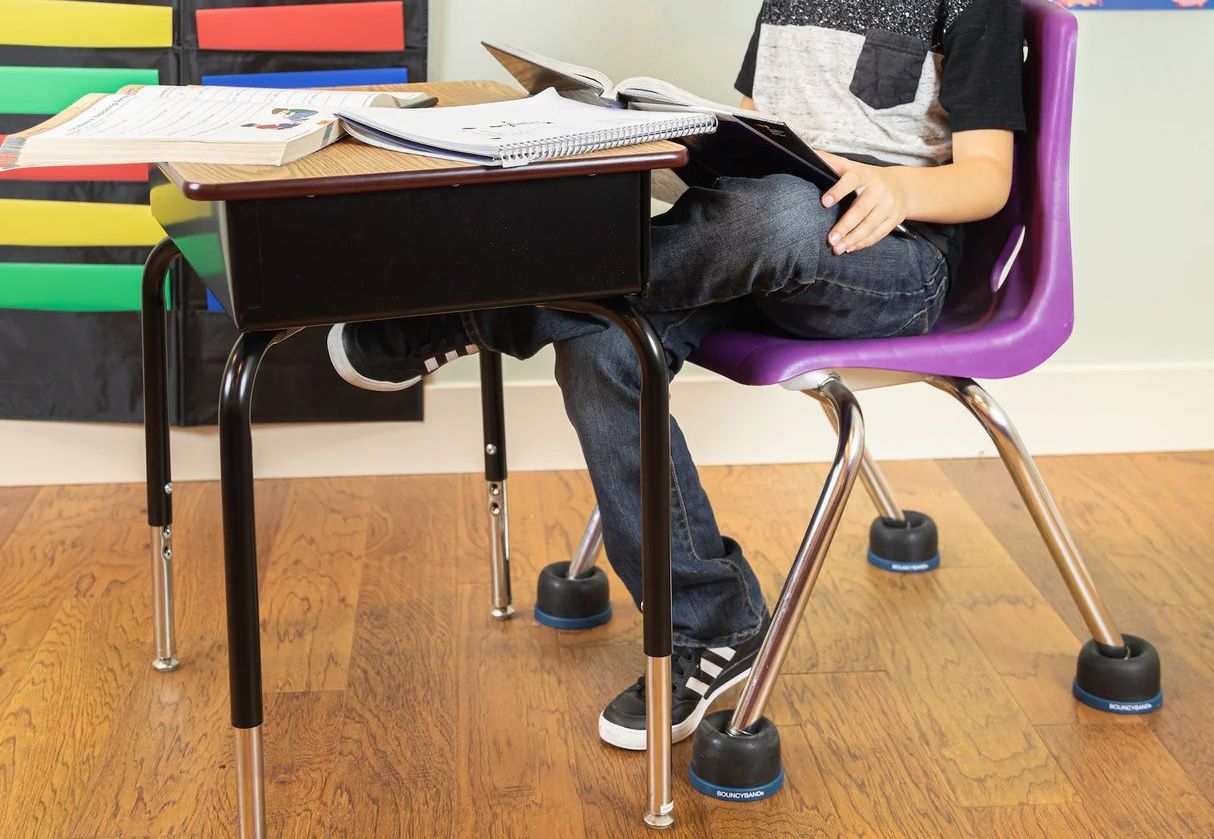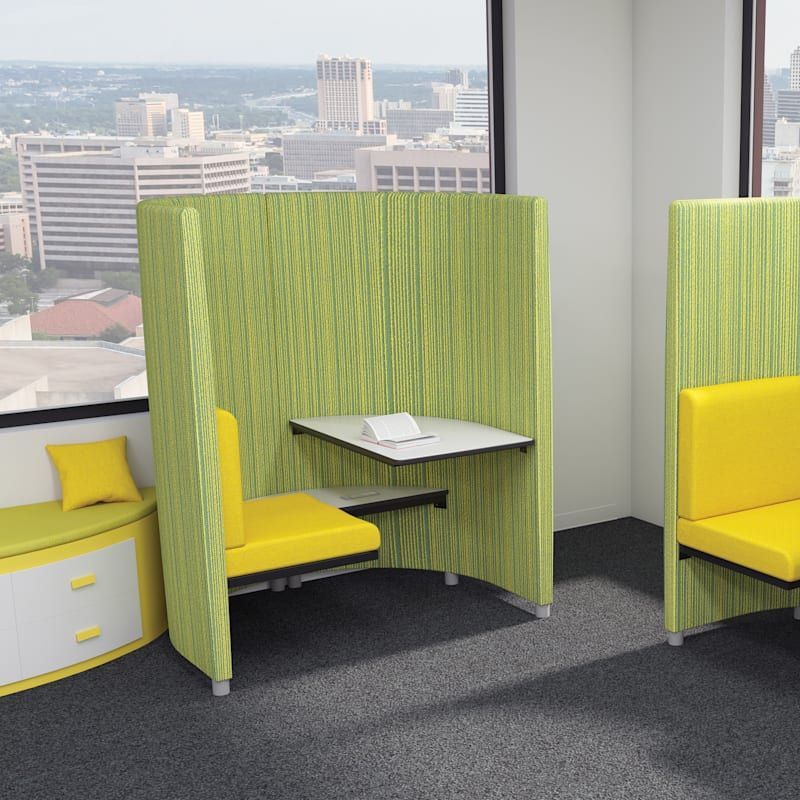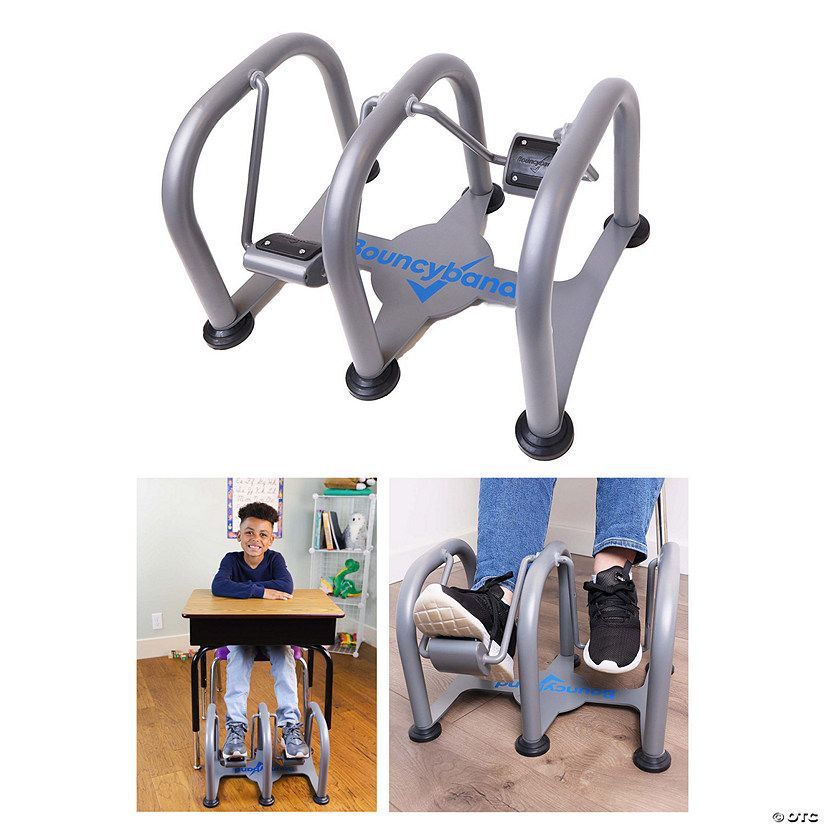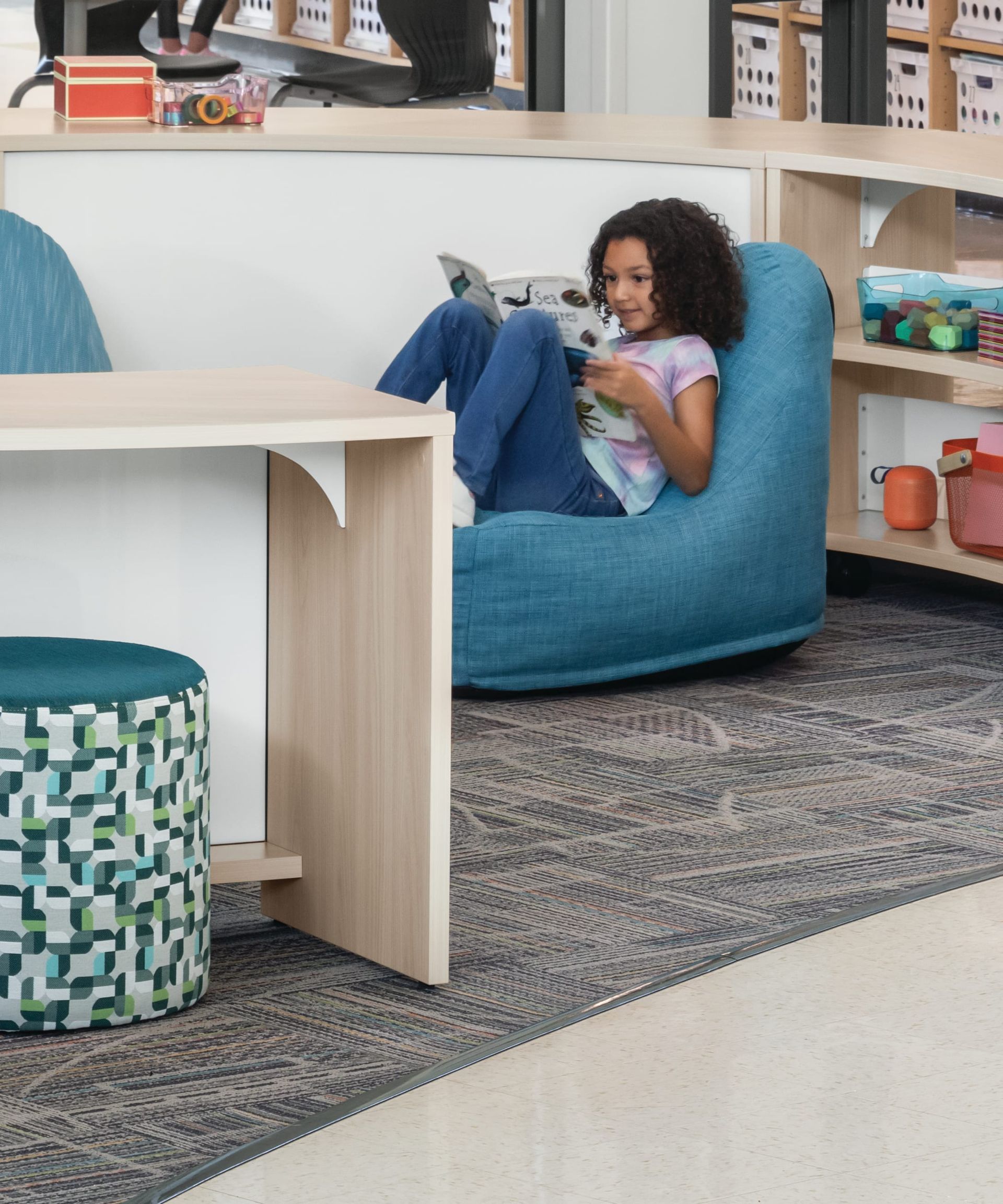Sensory-inclusive classrooms that work for everyone
Today’s classrooms are designed to inspire. But for some students, the constant motion, noise, and visual clutter can make it hard to feel calm or focused. That’s especially true for learners with sensory sensitivities, attention challenges, or anxiety—needs that are becoming more common in schools across the country.
Study Cubes, Fidgest Toys, Bouncyband Wiggle Wobble Chair Feet, Set of 4
That’s why schools are beginning to shift how they think about classroom design. Instead of relying on a one-size-fits-all model, more educators are embracing sensory-aware environments—intentional, flexible spaces designed to reduce stress, minimize distractions, and support every student’s ability to focus and thrive.
At 3 Oaks Resource Group, we partner with schools to furnish these spaces thoughtfully—with the right blend of form, function, and empathy.
A New Urgency Around Student Well-being
Student mental health is top of mind for educators across the country—and for good reason. A growing body of research highlights rising anxiety levels, difficulty with attention regulation, and increased sensory sensitivity among school-aged children. A 2021 CDC study revealed that nearly 1 in 5 children in the U.S. have experienced a mental, emotional, or behavioral disorder.¹
Classroom stressors—like visual clutter, constant noise, or inflexible furniture—may seem minor, but can compound quickly, making learning harder than it has to be. Creating sensory-considerate classrooms helps remove those barriers and puts students in a position to succeed.
Smart Design Strategies for Sensory-Friendly Classrooms
You don’t need to overhaul the entire room. Even modest design shifts can make a meaningful impact.
1. Soften the Sensory Landscape
Start with colors that calm, not overstimulate. Earth tones, muted blues, and soft neutrals ease visual fatigue. Add texture with rugs or wall panels to reduce sound bounce and bring warmth to the space.
2. Offer Choice-Driven Seating
Not every student thrives in a traditional chair. Incorporate seating options like wobble stools, foam rockers, floor cushions, and standing-height desks. Our partners offer
bouncy bands for chair legs to support quiet movement and focus during seated work.
3. Create Defined Zones
Use rugs, low shelves, or acoustic dividers to set up quiet corners, collaborative pods, and one-on-one support spaces. A soft-seating nook can double as a cool-down zone for overwhelmed students.
4. Keep Noise in Check
Echoes from hard surfaces or hallway chatter can be highly distracting. Carpet tiles, ceiling baffles, and soft finishes help control acoustics—especially in high-traffic areas.
5. Integrate Sensory Tools and Equipment
From
fidget tools and tactile boards to
noise-canceling headphones and
weighted lap pads, having accessible sensory equipment on hand empowers students to self-regulate. 3 Oaks sources these tools from top-rated manufacturers who specialize in classroom sensory support.
Inclusion Through Design
At its core, sensory-informed design is about creating classrooms where every student feels safe and supported. By planning with neurodiverse learners in mind, schools send a clear message: your needs matter here.
And these benefits don’t stop with students. Educators, too, thrive in spaces that are calmer, better organized, and designed with wellness in mind.
Let’s Furnish for Focus
At 3 Oaks Resource Group, we help schools across the country design and outfit learning environments that reflect the realities of modern classrooms. From adjustable seating and sensory furnishings to quiet zones and calming tools, we offer solutions from over 125 trusted American vendors—so your space works for everyone who steps into it.
Classroom design isn’t just about how a room looks. It’s about how it feels—and how it functions for real learning.
Let’s create smarter spaces, together.
¹ CDC, Data and Statistics on Children's Mental Health (2021): https://www.cdc.gov/childrensmentalhealth/data.html
